
Roelly Winklaar – EVOLVED BEAST – Mr. Olympia 2019
Bodybuilding is a unique sport and lifestyle. Whether you are professional or a natural amateur, the work ethic is consistent and discipline must be fierce. Training bodybuilding style is a superior method of developing aesthetics, muscle mass, development, and definition. This guide will teach you how to bodybuild and optimize your training.
Not everyone wants to get enormous, but training like a bodybuilder is a fast-paced way to achieve any aesthetic related physique goal. You can always pull back on training and volume, and work more on maintenance and other goals, but putting on size and muscle takes years and years.
Compared to other sports, bodybuilding can be remarkably kind to your body over time and it’s not always necessary to train with extreme weights that might degrade your joints and cause injury.
Let’s apply The hobbyists guide to longevity to bodybuilding and learn some tips and direction to get started and also improve and reinforce the strategies of experienced bodybuilders.
Step 1: Learn the muscles being used in your activity.
Step 2: Determine if any weakness or imbalances currently exist.
Step 3: Figure out what Corrective Exercises to implement.
Step 4: Construct a program using corrective exercise additives.
Step 5: Reassess regularly. Maintain.
Step 1: Learn the muscles being used in your activity.
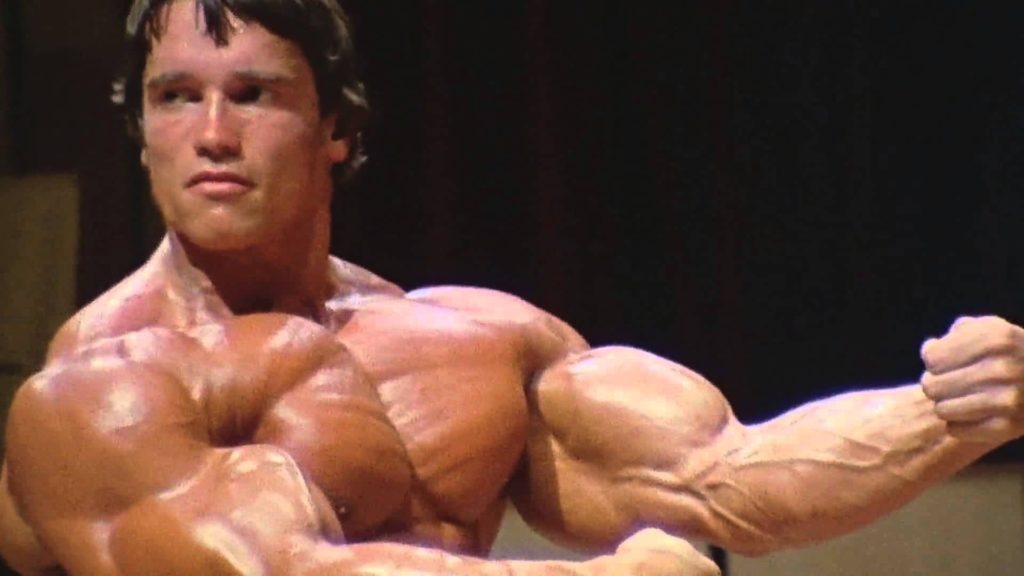
Bodybuilding is the art of development. A bodybuilder wants to have even and symmetrical development with no weak points. Isolating each muscle and making sure it contracts and functions through a solid mind-muscle connection is what allows a bodybuilder to develop such defined and full muscle groups. Understanding the muscles we want to develop and how they work is key to developing this mind muscle connection.
A bodybuilder should be focusing on isolating individual body groups and maximizing volume. We can analyze the muscles that a bodybuilder would hit with a standard 5-day split and talk about many of the most superficial muscles we would want to build.
Let’s identify muscle groups that a bodybuilder must include in their programming. While each muscle group is comprised of many smaller muscles, we will briefly discuss each section as a whole and talk about what to focus on and develop.
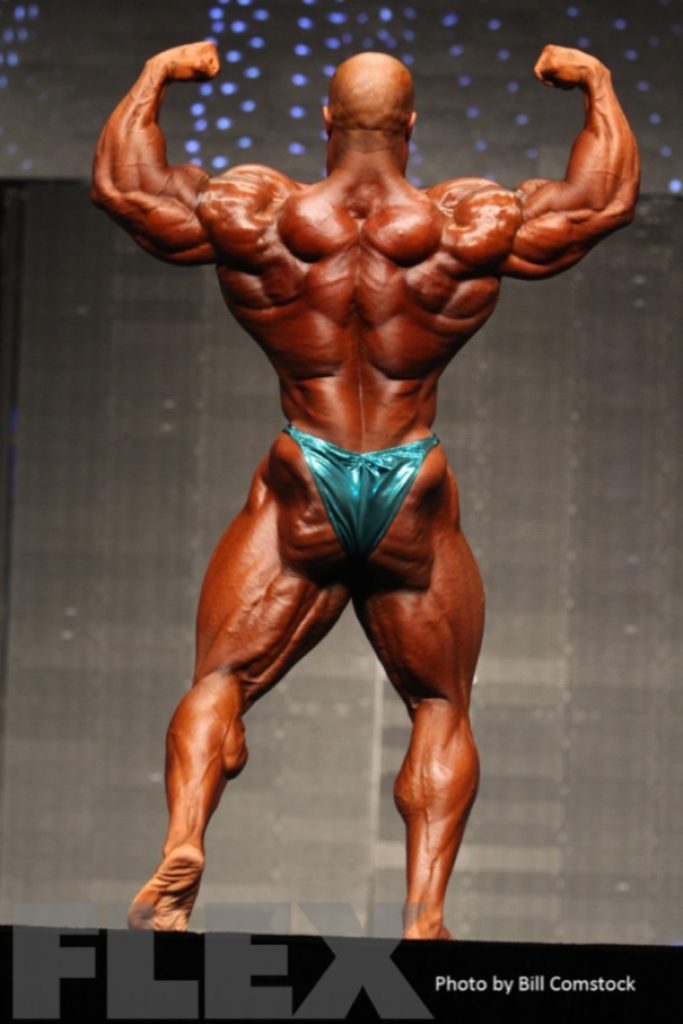
Back:
There are many aspects to the back to consider in terms of development. Wide v taper comes from the lats and teres major, deep cuts along the spine come from the spinal erectors, well developed lower back muscles look like a Christmas tree, and well developed
As complicated as the back might seem, almost all development is going to come from variations of rows. Most exercises are simple when isolating body parts. We attack the back from different angles of rowing, pulling down vertically with a lat pulldown, horizontally with a horizontal row, from the floor with t-bar rows, bent over rows, and deadlifts.
Mind muscle is key and being able to contract the muscle you are working is the most effective way to grow. When you are hitting the lower traps and mid back, or any section of the back for that matter, establishing a firm contraction of those intended muscles is a skill that has to be developed.
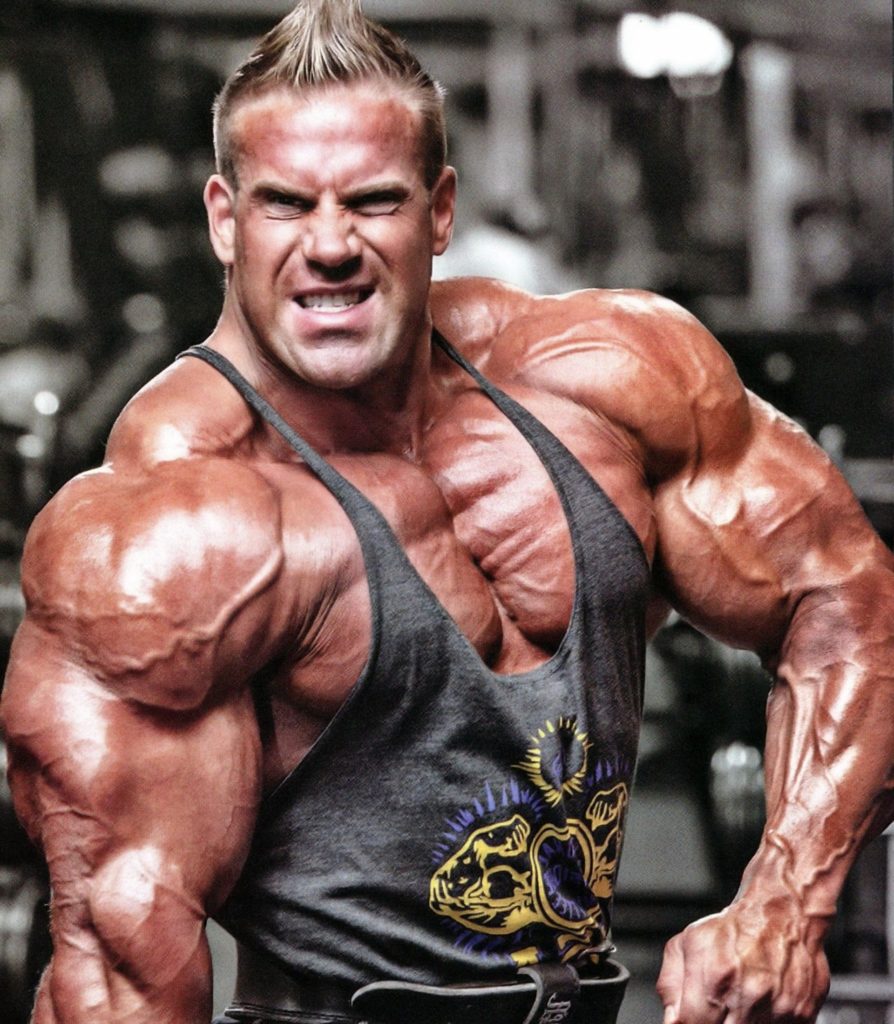
Jay Cutler Bodybuilder Wallpapers – Wallpaper Cave
Chest:
The chest is a simple and large muscle group. The pec tends to have 3 distinguished sections: an upper chest, middle chest, and lower chest. A nice deep groove along the sternum is coveted, a shelf of an upper chest and a swooping lower chest as well, framed with the serratus muscles underneath looking like shark teeth.
To isolate the chest muscles we approach our exercises from different angles just like the back. We perform a flat pressing exercise, an incline exercise, a decline exercise, a fly movement for a nice deep stretch, always focusing on contracting the muscle through a long range of motion.
Being able to hit the pecs maximally requires a strong mind-muscle connection, as all groups do. Often secondary muscles like delts and triceps take the brunt of the work in pressing movements when you have a poor mind-muscle connection with the pec. The biceps tend to take over for flys when you have a weak ability to contract the pec.
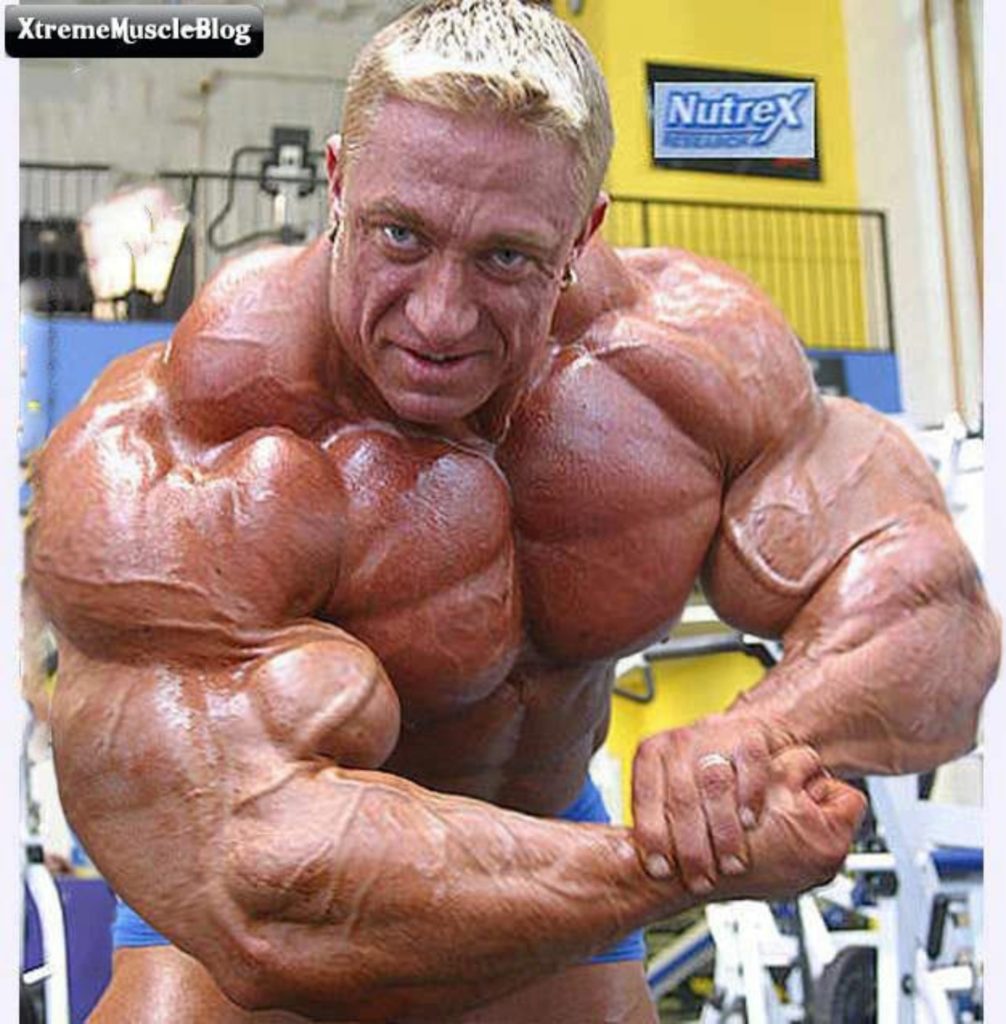
Arms:
There are many sections to the arm that make it aesthetic. The triceps are equally as important as the biceps for overall shape and size. Biceps should be peaked high and round, easily distinguishing the seam between the two heads. The brachialis should be thick and clearly tie into the brachialis of the forearm, adding thickness to the arm and supporting the peak of the biceps, clearly separating the triceps. All three heads of the tricep should be developed, with the long head thick, adding the most size to the arm, supported by the medial head. The short head should clearly tie into the elbow, striated and lean. A clear low hanging swoop of the triceps should contrast the high defined peak of the biceps in a front double biceps pose.
To target different aspects of the biceps we utilize a variety of curls. Supinated curls target the biceps peak, while generally a closer grip targets the long outside head of the bicep and a wider grip hits the inside. Neutral curls hit the brachialis adding aesthetics and thickness to the arm, and pronated curls target the brachialis, aiding in forearm development. Other varieties of curls include incline curls, behind the head curls, standing cable curls, all add variety to a biceps routine. All of these variations can be performed with multiple grips.
Tricep exercises all involve elbow extension. Rope pulldowns with a spread at the bottom and an extra long rope that allows slight arm extension will maximally target the long head when focusing on the squeeze. Overhead tricep extensions are very effective for a full range stretch of the long head. Skull crushers are excellent for all 3 heads and developing overall mass. Behind-the-back dips are easy to hit the short head and load up a lot of weight.
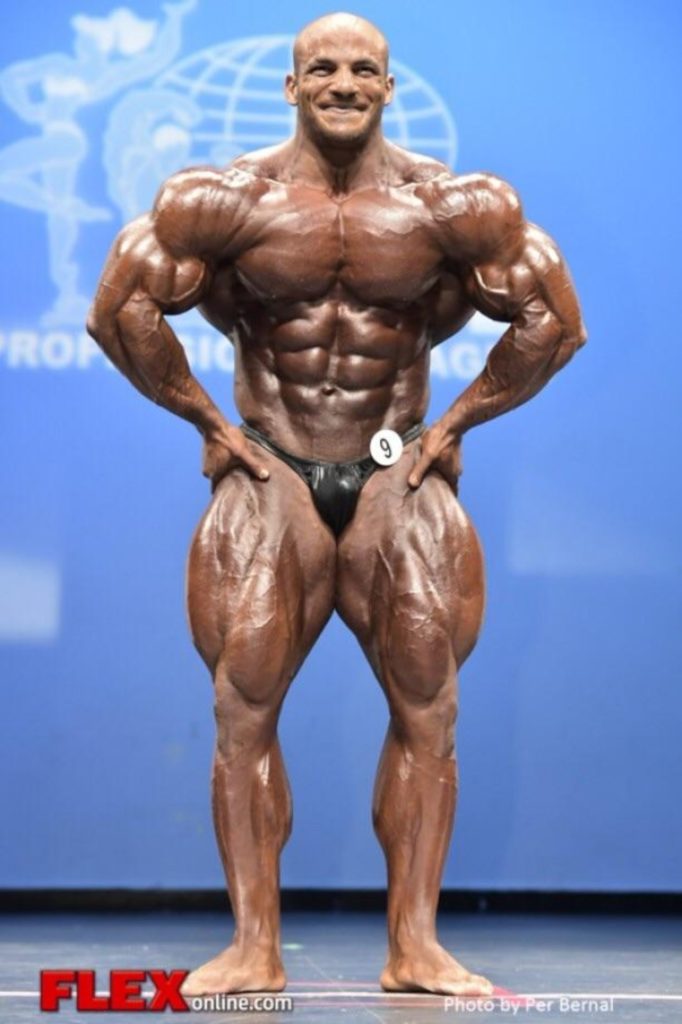
Legs:
Legs take work. A Lot of work. There are many important components to leg development, although training them is rather simple. Squats could be an end all be all for exercises, and there are many equally effective variations of the squat for nearly every individual. Hack squats, front squats, safety bar squats, hip belt squats, and Jefferson squats are all viable alternative accessory movements to squats that can aid in total leg development.
Simple isolation exercises such as leg extensions can be an easy way to pump up and add volume to quad development. High volume, drop sets, lots of reps, time under tension is the way to go for leg extensions to maximize muscle building of the legs.
Developing a strong mind-muscle connection with your thigh musculature will allow you to tightly contract the important components of your legs. A protruding
The posterior chain consists of your glutes, hamstrings, and calves. Weighted glute bridges, lying hamstring curls, calf raises are all exercises to work into posterior leg development. Stiff leg deadlifts are a great tool and excellent for hip function as well.
A strong side-pose easily reveals separation between the hamstring group and quads. Each hamstring should be visible from the back and the glutes should look like a butterfly, lean and striated.
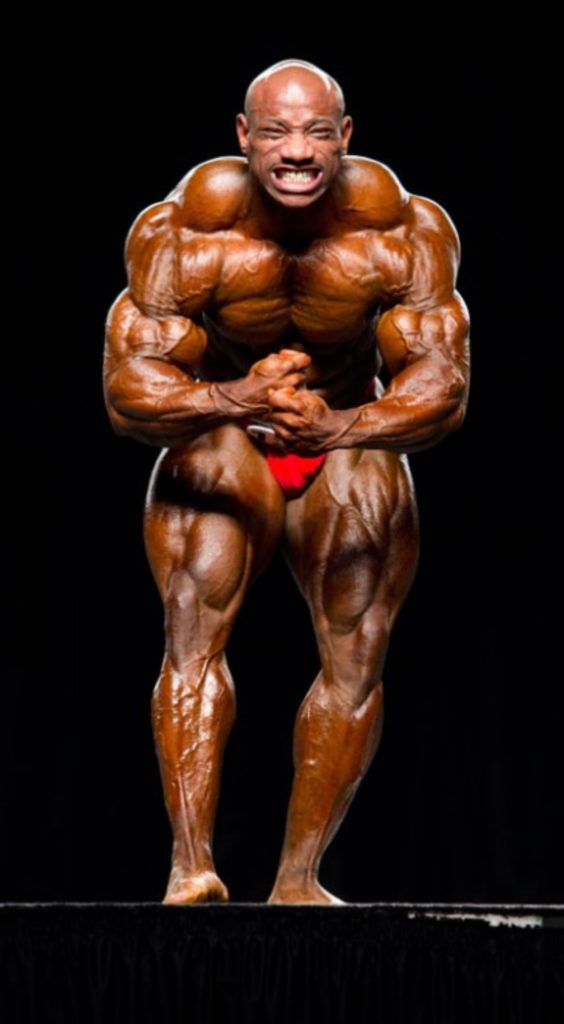
Dexter Jackson | Muscle & Fitness
Shoulders:
Shoulders are an important component to overall physique and really add to the aesthetics of a V-taper. The deltoid muscles consist of 3 heads, the anterior head can be trained with front raises, the lateral head can be hit with side raises, and the rear delts can be targeted with reverse flys. Pressing movements are wonderful for overall mass and total shoulder development.
The lateral delts help create width and separation between arms and shoulders. The front delt is tremendously important for most-muscular poses, clearly distinguished from the chest and clavicle. The rear delt ties everything together from the side and creates a rounded full thickness.
Much of your back aesthetics come from shoulder blade development. Rotational exercises can develop smaller shoulder blade muscles improving the back poses. External rotation and internal rotation will hit the rotator cuff muscles and the teres major.
Step 2: Determine if any weakness or imbalances currently exist.
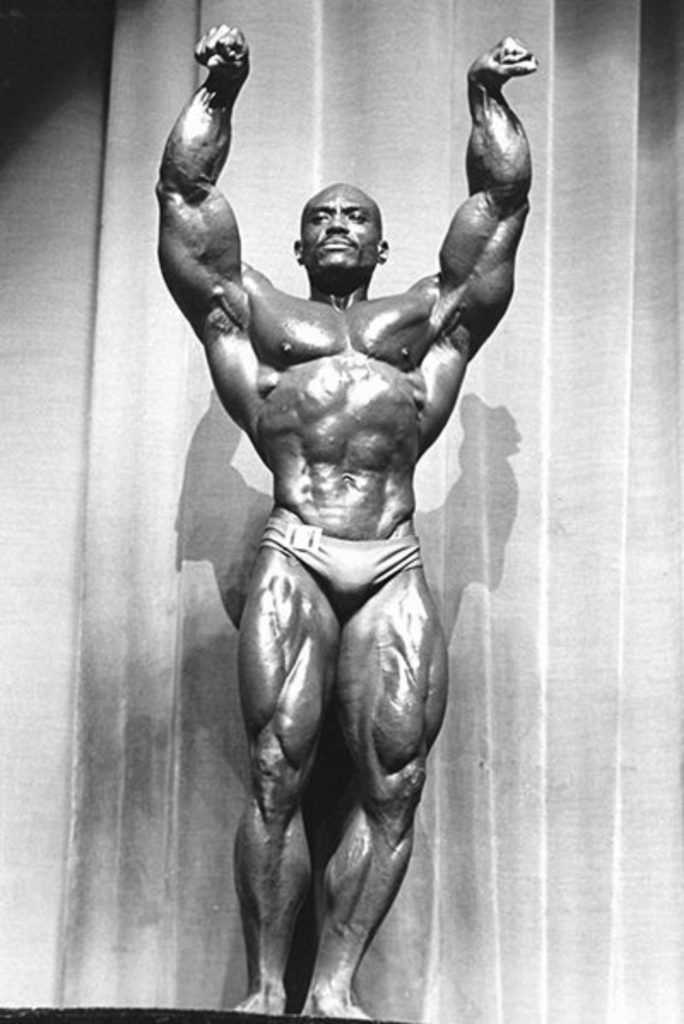
The focus of a bodybuilder is maximum development. Size, shape, symmetry are all key factors when analyzing a physique. Each muscle group is targeted and much time is spent isolating the larger superficial muscles.
Analyzing a weakness is going to be subjective and usually revolves around what muscle group is lacking in comparison to others from the perspective of a bodybuilder. Bodybuilders want a full round chest, wide V-taper, sweeping quad definition, deep thick back cuts, high bicep peak and scooped triceps. Many of the exercises and care that are given to each body group is going to minimize imbalances and weaknesses if done properly, but bodybuilders might want to focus on muscle groups that lack symmetry or size in comparison to others.
Often bodybuilders neglect functional exercises, rotational movements in the transverse plane and because of this, deeper stabilizer muscles are often weakened. Ensuring a
Identifying weakness can be broken down into the Aesthetic category, or functional category. Let’s look at the muscle groups bodybuilders will be targeting and possible ways they could be weakened aesthetically and functionally.
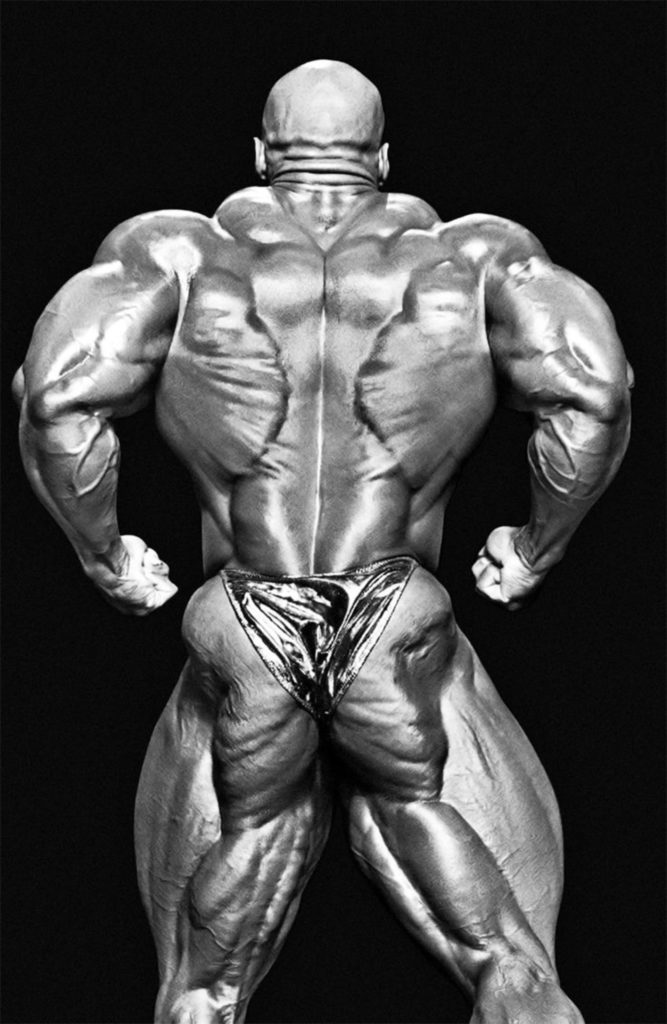
Back:
Usually, we see either the chest or the back underdeveloped. These muscle groups are force couples on your spine, acting as opposite muscle groups. If the back is weak it’s likely because too much pressing and other front chain exercises are creating an imbalance. Increasing back volume to 2x a week is a common approach, as well as adding back accessory movements to leg day, such as deadlifts
Functionally your back should control, support, and stabilize your spine. Sometimes corrective exercise is needed to address a stiff thoracic spine or anterior pelvic tilt. Isometric exercises, scaption exercises like the cobra and 90-degree wall slides, and other corrective exercises for upper crossed syndrome are a great tool that can be added into a warm up with the bonus function of increasing overall volume.

Chest:
Whether you want to target a specific part of your chest or your whole chest the reality is the solution to an aesthetically weak chest is to increase total mass. Increasing volume to 2x per week is one preferred strategy, with a heavy focus on isolating the pec and minimizing front delt dominance.
Often people might compensate during pressing movements with secondary movers like deltoids, triceps, and this develops a weak mind-muscle connection with the pecs. Unilateral exercises are a good way to establish your ability to achieve a strong full contraction along a full range of movement. When performing a single side pressing movement, keep the other hand on the pec as a source of feedback to ensure the pec is remaining firmly squeezed.
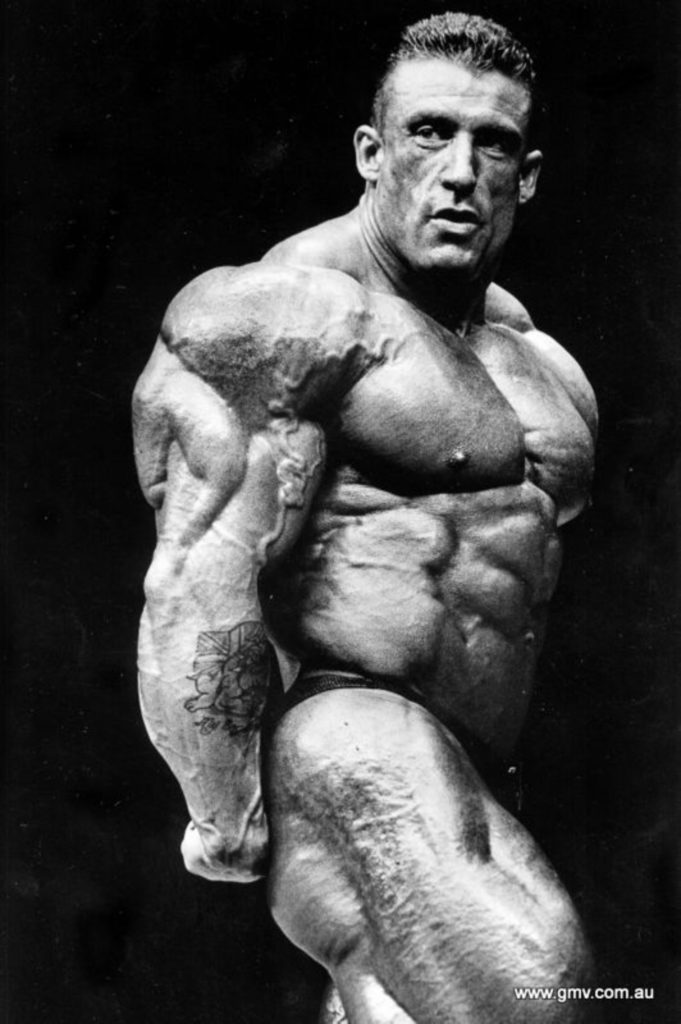
Arms:
Once again if we find a body part is lacking,
As with developing any body part, mind-muscle connection is paramount. Being able to contract the muscle you’re trying to improve is a skill that needs to be developed. Practicing posing in front of a mirror is an exhausting but incredibly effective tool to developing the skill and stamina to maintain a strong contraction during exercise.
If the biceps peak need work, focus most of the exercises with a supinated grip. Use a more narrow grip to develop the outside head, and a wide grip for the inside head. If the brachialis or brachioradialis are underdeveloped, focus most of your curling exercises using a neutral and pronated grip.
Being able to fully lock out the elbow is key to developing symmetrical thick horseshoe triceps. If you lack full elbow extension, definitely restore full mobility to the elbow ASAP. Big compound movements are good for developing overall tricep mass, but the big trick is unilateral work that draws the arm into slight extension. Single-side-tricep rope extensions are great because you can bring the arm all the way behind the body as you extend the elbow.
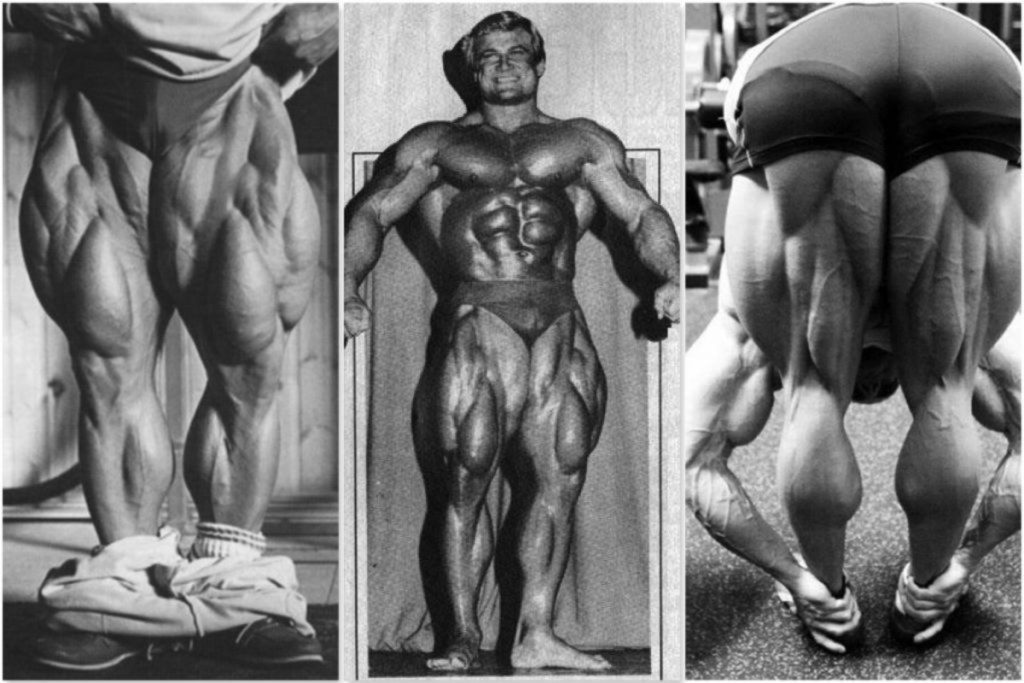
Legs:
If you want to get bigger, you have to train legs. There are no excuses for leg day. It takes grueling work and consistency. Leg volume can easily increase to 3x per week with a heavy, light, and medium intensity day. Your legs are an enormous muscle group that has total body benefits like increasing hormone production and stimulates growth everywhere.
To help develop quads, squat and press variations are a great tool. Lowering your position on leg presses will help target the anterior chain. Front squats, safety squats, vertical leg press, and very high sets of leg extensions are all great at developing the muscles in the front of the leg.
Increasing your foot position on leg presses, hack squats, turning the feet out during stiff leg deadlifts are all good ways to hit the posterior chains. Weighted glute bridges are great and can be performed every leg day. Turning the legs in and out on hamstring curls are awesome for total posterior chain growth.
Unilateral work like weighted lunges, split squats, and a single-leg press is a direction to go to help even out symmetry issues between your right and left leg. As always, posing is really important, it’s really tricky to get all your leg muscles to flex and figuring out how to best squeeze your thighs will make you stronger and grow more.
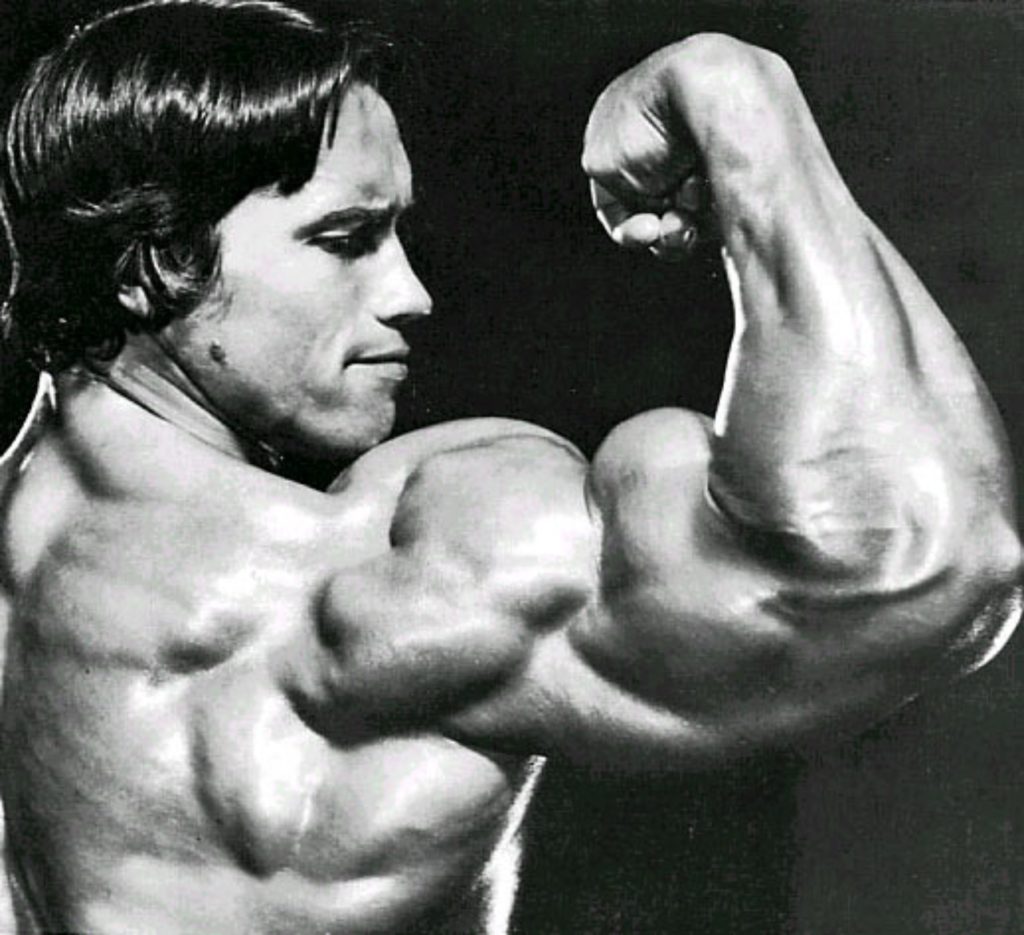
Shoulders:
Shoulders are an essential component of the total package. They add definition to the arms, and width to the upper body. Along with a dedicated shoulder day, front and side delts can be additionally targeted on chest day and rear delts can be additionally targeted on back day. Pressing movements will develop the overall shoulder and pulling movements will hit the rear delt and shoulder blade musculature.
Because of the complexity of the joint, the shoulder is prone to injury. If the shoulder is not functionally sound then you will be restricted in the exercise selection and quality of the performed exercises. It’s important to restore function to the shoulder and find pain free full range exercises to properly tax the full mechanics of the shoulder.
Properly strengthening the rotator cuff is necessary to provide functional stability and allow heavier compound movements to be safely performed. Rotator cuff work can be done frequently as these muscles are designed for endurance and stability. The reality is the heavie compound movements are going to strengthen your prime movers and secondary movers and the rep ranges done might not be optimal for improving rotator cuff function.
Step 3: Figure out what Corrective Exercises to implement.
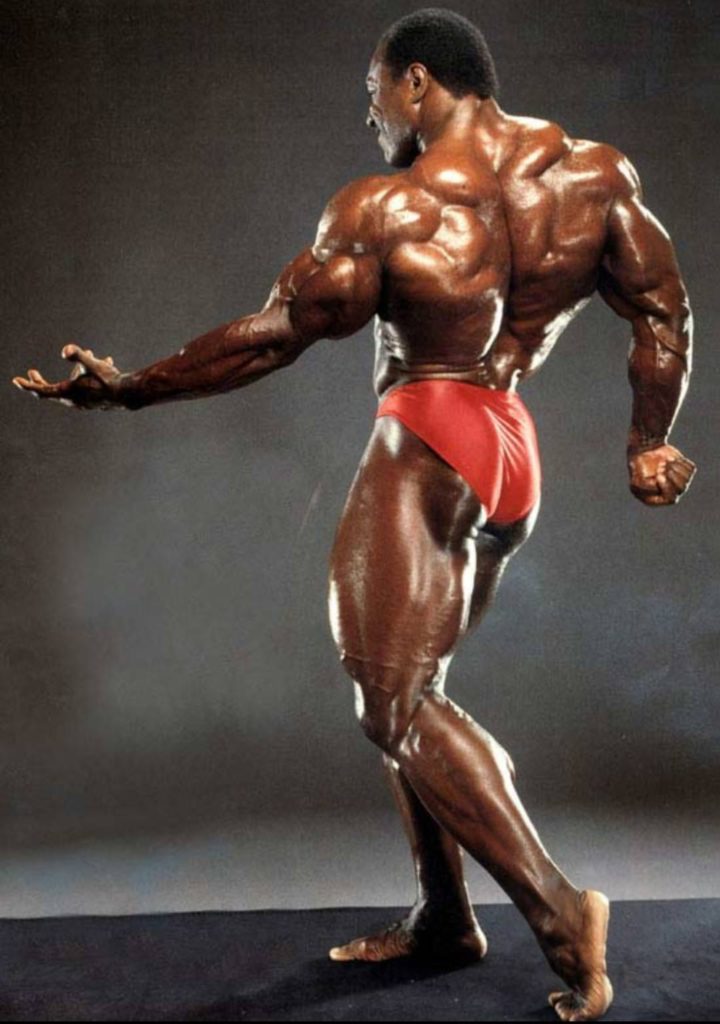
When it comes to corrective exercise, it should be easy for a bodybuilder to add them to a warm-up or find creative ways to implement them into a program. Good bodybuilders have complex posing routines that
Many corrective exercises can serve a dual purpose for bodybuilders, they can begin to correct asymmetry and aesthetic imbalances as well as improve overall muscular development by increasing mobility and there for quality of movements. They can also increase the total volume of a program and help to grow muscle directly.
If someone has pre-existing imbalances when beginning bodybuilding, posture problems, lack of full range during squatting and overhead movements, then corrective exercises should be focused on until exercises can be completed properly through their full ranges of movement.
Here are some examples of corrective exercises that could be beneficial for a bodybuilder to apply to their split:
Back:
Floor cobra with scaption
90/90 Wall slides
Rhomboid activation from all fours position
Quadruped reaches
Chest:
Cherry pickers
Dumbbell pullovers
Stability ball flys
Stability ball press
Arms:
Therarod pronation and supination
Therarod flexion and extension
Therarod radial deviation and ulnar deviation
Legs:
Lateral board slides
Tibialis activation
Banded side stepping
Banded TRX squats
Ball wall squats
Shoulders:
Overhead foam roller slide
Internal rotation
External rotation
Bosu ball overhead press
Step 4: Construct a program using corrective exercise additives.
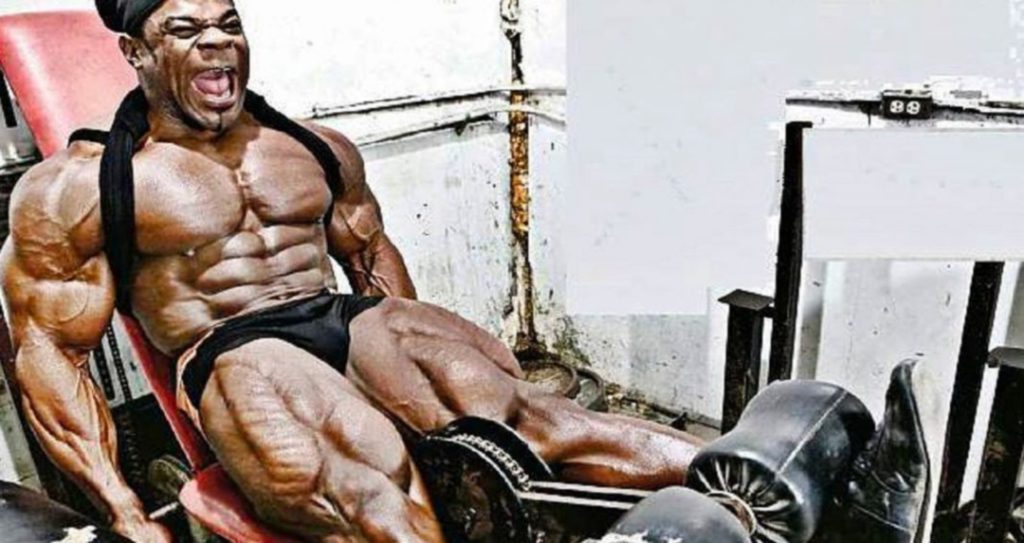
In order to develop a competitive physique, bodybuilders must isolate muscle groups and train high-frequency high volume. Everyone is different, and many bodybuilders talk about their preferred “split”. The reality is everyone is going to respond differently to different styles of training. Finding the best split for you is going to take experimentation and consistency.
Arnold Schwarzenegger discusses his 2x per day split in the encyclopedia of bodybuilding, preferring immense volume and nonstop work. Franco Columbo, a worthy adversary, and competitive strongman discusses training each body part once every week or even less frequently! These two vastly different splits garnered similar results to their physiques, respectively.
Bodybuilders will often rotate through different splits as part of their periodization routines, doubling up on body parts that might be lacking and need additional work. Sometimes bodybuilders will include triceps with chest, and biceps with back in order to train synergistic muscle groups. Other times a bodybuilder will train push/pull days, with arms considered an accessory.
Let’s analyze a few common training splits utilized by bodybuilders. As you’ll notice these workouts are absolutely loaded with volume and will result in massive pumps and enormous gains!
5 day split:
Shoulders – 22 sets, 6 exercises
3 day split:
Chest/back – 42 sets, 12 exercises
Shoulders/arms – 34 total sets, 10 exercises
Legs – 35 total sets, 9 exercises
3 day split 2x per day (break apart 3 day split):
Push/pull day:
Chest morning – 22 sets, 6 exercises
Back night – 22 sets, 6 exercises
Shoulders and arms day:
Shoulders morning – 16 sets, 4 exercises
Arms night – 18 sets, 6 exercises
Leg day:
Quads morning – 18 sets, 5 exercises
Glutes, hams, calves night – 17 sets, 4 exercises
As we can see, there is tremendous volume in these strategies. The reality is your workouts should only be taking around an hour, give or take 15 minutes with this programming strategy. Its not impossible to remain consistent even with a full time work schedule.
Time under tension
The way the exercises are to be performed is in order to elicit as much growth as possible. Time under tension is key. Time under tension is how long you are working the muscle for during the set. Long drawn out sets of 45 seconds – 1 minute are great for creating an extreme burn and pump! The energy systems that this range stresses stimulate maximum muscle size. 12 repetitions with a 2 second concentric and a 2 second eccentric with a squeeze in the middle will put you right where you need to be. This is plenty of time to develop that mind muscle connection. The reality is if you’re performing a resistance exercise you should really be able to squeeze that muscle HARD, and any weight can be fatiguing and feel difficult.
Step 5: Reassess regularly. Maintain.
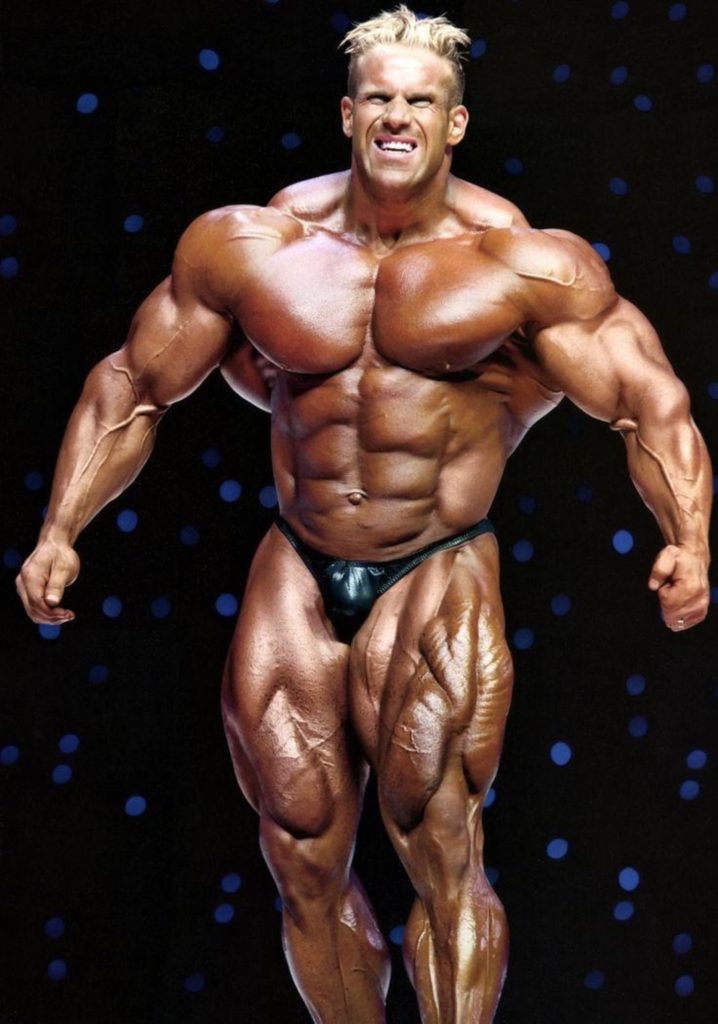
Posing and mirror work
If you can get it out of your mind that it is solely a narcissistic habit, you can begin to understand just how effective and essential posing is. There are so many benefits to practicing posing in front of a mirror throughout the day
Posing helps establish a mind-muscle connection which will greatly improve the results when you go to train that muscle. If you can’t squeeze a muscle then it’s likely you will use compensation patterns and secondary muscles to perform related exercises. Growing a muscle you can’t consciously control and contract is very difficult and inefficient.
Posing is exhausting, there is a definitely an endurance component to posing and posing can constitute pretty effective cardiovascular exercise.
Posing is a skill that has to be developed if you want to compete. Striking the required poses should be part of your training regimen just like anything else. Figuring out what angles to hit to get the strongest contraction and best definition takes a lot of trial and error through practice. Having mirrors at multiple angles is very helpful.
Posing is a wonderful assessment tool. You can clearly see where asymmetries and weakness in development lie when they are exposed during posing. Posing regularly helps you make adjustments to training volume and frequency to keep things well balanced and symmetrical.
Diet
Diet is a tremendously complicated subject. Personal advice is very different than general advice. Generally, a bodybuilder wants to eat a much as possible to maximally support muscle growth. Many people have heard of bulking vs cutting phases and these two approaches vary greatly from person to person. Some people love to bulk up big, putting on fat and body mass as much as they can, then cut drastic weight before a competition. Some bodybuilders prefer to stay lean all year round, keeping their diet relatively consistent.
Protein is key and its recommended to get between .75-1 gram per pound of bodyweight. If you are 200lbs, that’s about 200 grams of protein per day. Your body is only so efficient at breaking down protein and it’s most likely you’ll get the maximum benefits if you stick to around 40g per meal.
Carbohydrates and fat are incredibly important and if you have a healthy digestive system and reasonable bodyweight, with no allergies, there’s no real reason to exclude carbs from your diet. A well-rounded performance diet looks something like 65%carbs, 25%protein, 15% fat.
Personally, it’s probably best to go to a doctor, get blood work done, see a nutritionist and have a very specific dietary strategy to really focus on maximizing your personal nutrient balance. Blindly taking supplements is pretty much a waste of money. Protein is a tool of convenience, not some magic growth powder. If you can eat, eat! Many people take supplements just because, and many supplements have redundancies that can be harmful if stacked unknowingly.
A calorie counting tool like myfitnesspal can be your best friend if you are uncertain about your macros and meal portions. Being held accountable is always good for personal growth and a tool is a great way to develop that consistency.



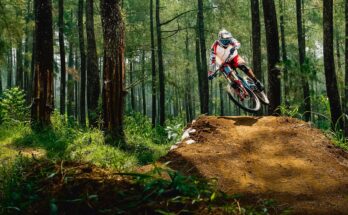
There are few bodybuilding tips which are necessary to follow while engaging in this activity. There are different exercises for different body parts and before practicing them, a proper schedule is required for them. Besides work out, muscles need rest as well and there must be a gap of couple of days before repeating the same exercise. If some one is intend towards weight training then special precautions should be taken to stay away from injury or any other unpleasant situation.